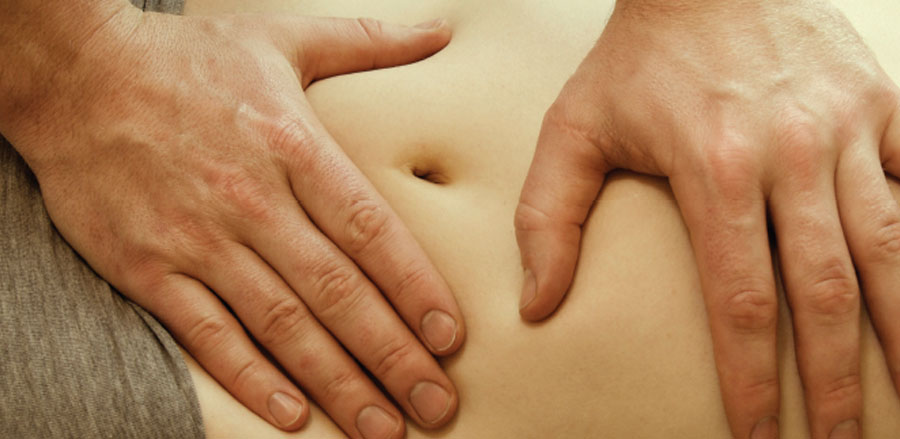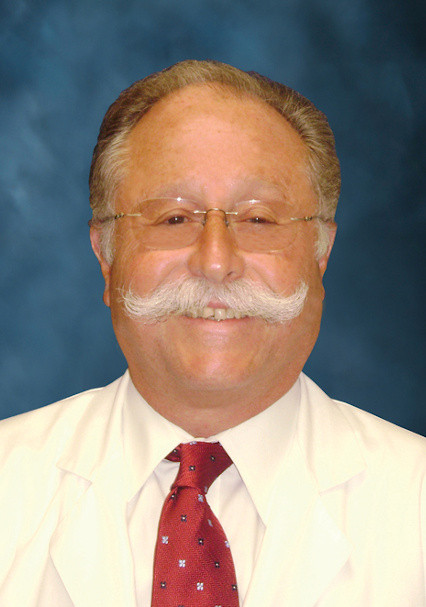
Non-alcoholic fatty liver disease (NAFLD) is a disease resembling the damage seen in the liver when there is alcohol abuse, but occurring in patients with little or no alcohol consumption. NAFLD is the most common liver disorder in the Western world. It is a serious public health problem in the United States where an estimated 90 million Americans are affected.
The spectrum of NAFLD includes fatty liver and non-alcoholic steatohepatitis (NASH). Fatty liver represents the build-up or accumulation of fat (triglycerides) in the liver cells. In NASH, steato refers to fat and hepatitis means inflammation and damage to the liver. Patients with fatty liver have a relatively benign condition. By contrast, NASH, due to the ongoing inflammation, can cause scarring and hardening of the liver. When it becomes extensive, it is called cirrhosis.
This condition (cirrhosis) may develop in up to 25% of patients and can lead to complications such as liver cancer, liver failure and liver-related death or the requirement for liver transplantation. In fact, rates of transplantation performed for NASH have increased in the USA over the past 10 years, rising from 0.1% in 1966 to 4.7% in 2007.
Conditions frequently associated with NASH include being overweight or obese, type 2 diabetes mellitus and hyperlipidemia (high blood triglycerides and/or cholesterol). NASH is also closely associated with “metabolic syndrome”, which is a risk factor for cardiovascular disease. Therefore, it is not surprising that cardiovascular disease is a leading cause of death in subjects with NAFLD.
Most people with NASH have no symptoms and it is often discovered during routine laboratory testing when liver enzymes (AST/ALT) are found to be elevated. Imaging studies like ultrasound and CT scan can assist to evaluate the presence of NASH. Usually a liver biopsy is required to confirm the diagnosis as well as to determine the severity of the disease. This procedure is safely done, under local anesthesia, by an expert radiologist. While guided by an ultrasound machine, the radiologist introduces a slender needle into the liver to obtain a sample that is then examined under a microscope.
Other causes of chronic liver disease (e.g. viral hepatitis B & C, medications, etc.) should also be excluded during the evaluation of these patients.
Treatment is focused on weight loss through exercise and decreased caloric intake; consultation with a nutritionist can help achieve this goal. Also good control of blood sugar in diabetic patients, as well as decreasing blood triglyceride and cholesterol levels when elevated, will help in the treatment of this condition.
Featured Doctors
